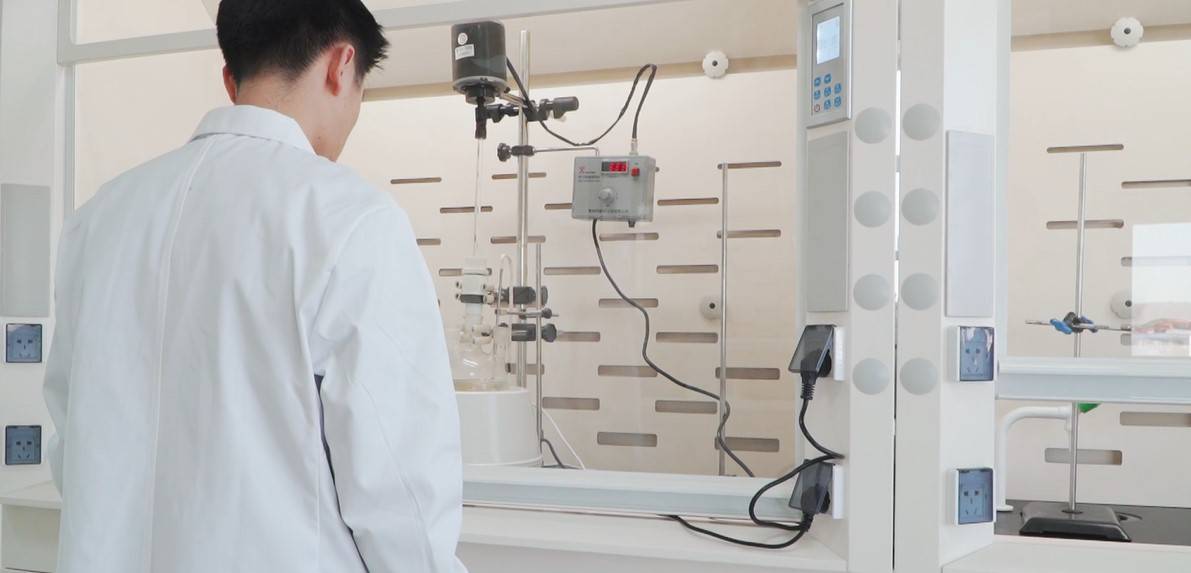-
what is physical testing in textile?
Edited by:Read:Textile products must pass some basic physical and chemical tests to ensure their quality, so what is physical testing in textile and how should you choose the test standards and items?
What is physical testing in textile and what does it involve?
Physical testing in textile is the use of equipment or instruments to measure the physical properties of fabrics and to analyse them to determine their physical properties and quality. The chemical testing is the use of chemical testing techniques and equipment to test the chemical properties of textiles and to analyse the composition and content of the chemical composition to determine the properties of the textile fabric.

Physical testing of textiles is generally carried out in the following categories:
- Colour fastness
- Washing shrinkage and appearance
- Fabric quality (tensile strength, tear strength, seam slippage, breathability, fabric density, elasticity, etc.)
- Durability (abrasion resistance, pilling)
- No wash and iron
- Water and oil repellency
- Fibre composition testing
- Product safety (sharp points/edges, small objects, torsion/tension test, odour, pH, button test, etc.)
- Flammability (combustibility)
How should I choose a test standard?
Textile testing standards vary from country to country and it is important to be clear about your needs and target market before carrying out testing. Common international standards for textile testing are as follows.
- ISO International Organisation for Standardisation
- GB18401-2003 National Code of Practice for the Basic Safety of Textile Products
- DIN German Standards Institute
- AATCC American Association of Textile Colourists and Chemists
- ASTM American Society for Testing Materials
- 2024-04-19Paper ring compression strength tester standards
- 2024-04-19Cupping tester standards
- 2024-04-19Rubber and plastic tensile tester standards
- 2024-04-19Taber 1750 wear-resistant tester standards
- 2024-04-19Stone Chip Resistance Gravelometer standards
- 2024-04-18Diaper absorption speed tester standards
- 2024-04-18Diaper leakage tester technical indicators
- 2024-04-18Paint film impact resistance tester standards
- 2024-04-18Low temperature brittleness tester principle
- 2024-04-18Battery separator permeability tester technical indicators



